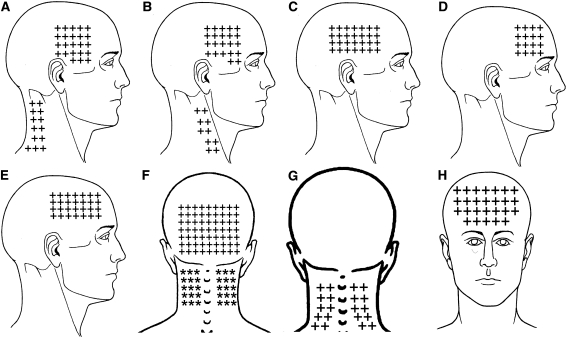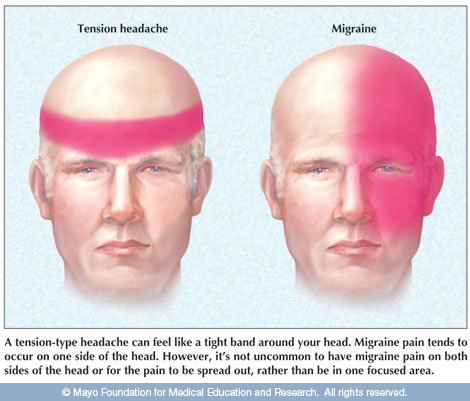The Management of Common Recurrent Headaches by Chiropractors
The Management of Common Recurrent Headaches by Chiropractors: A Descriptive Analysis of a Nationally Representative Survey
SOURCE: BMC Neurol. 2018 (Oct 17); 18 (1): 171
Craig Moore, Andrew Leaver, David Sibbritt, and Jon Adams
Faculty of Health,
University of Technology Sydney,
Level 8, Building 10,
235-253 Jones Street Ultimo,
Sydney, NSW, 2007, Australia.
BACKGROUND: Headache management is common within chiropractic clinical settings; however, little is yet known about how this provider group manage headache sufferers. The aim of this study is to report on the prevalence of headache patients found within routine chiropractic practice and to assess how chiropractors approach key aspects of headache management applicable to primary care settings.
METHODS: A 31-item cross-sectional survey was distributed to a national sample of chiropractors (n = 1050) to report on practitioner approach to headache diagnosis, interdisciplinary collaboration, treatment and outcome assessment of headache patients who present with recurrent headache disorders.
RESULTS: The survey attracted a response rate of 36% (n = 381). One in five new patients present to chiropractors with a chief complaint of headache. The majority of chiropractors provide headache diagnosis for common primary (84.6%) and secondary (90.4%) headaches using formal headache classification criteria. Interdisciplinary referral for headache management was most often with CAM providers followed by GPs. Advice on headache triggers, stress management, spinal manipulation, soft tissue therapies and prescriptive neck exercises were the most common therapeutic approaches to headache management.
There are more articles like this @ our:



